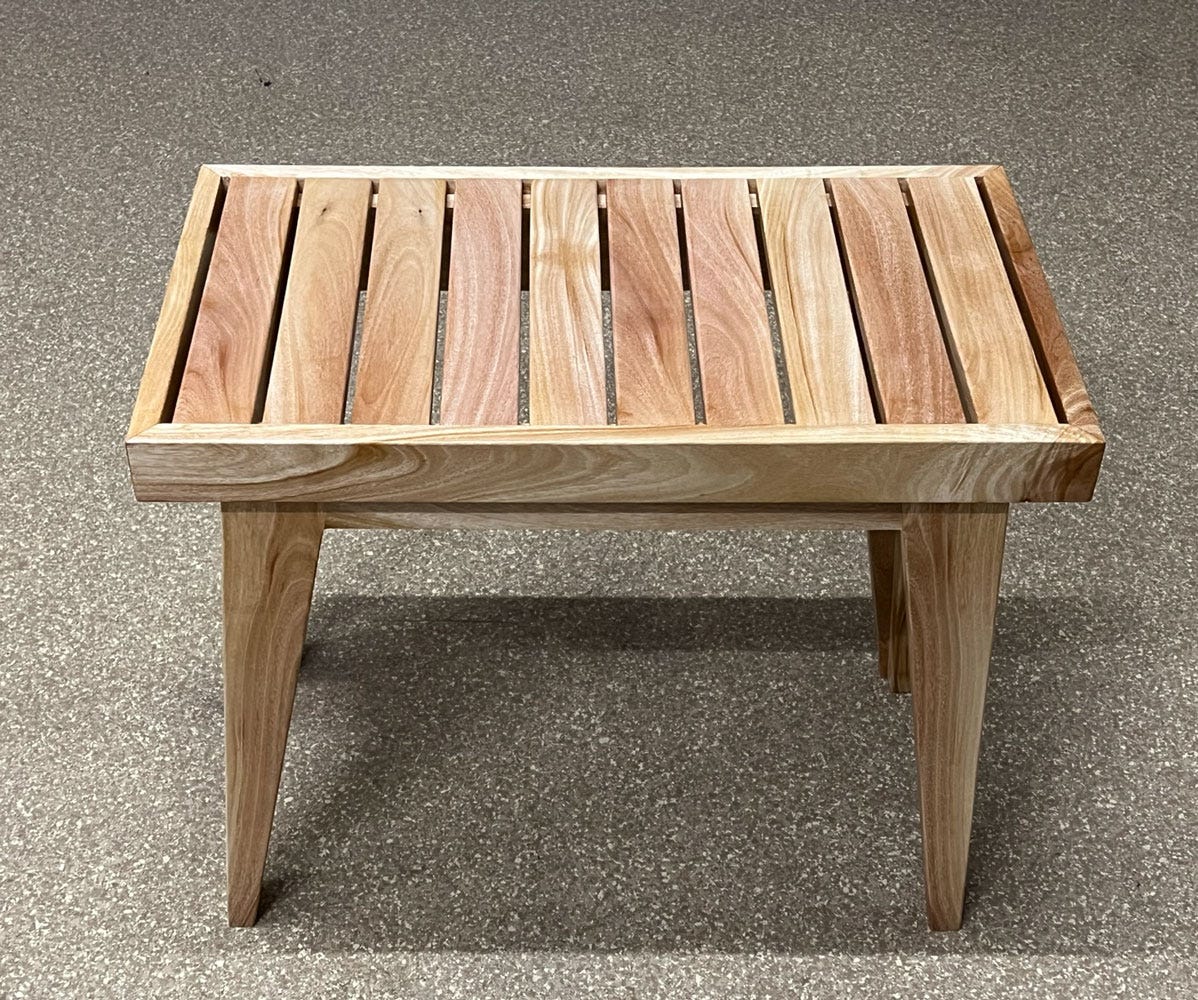Process Over Product thats what comes to mind
When you begin a woodworking project, do you ever worry about how long it would take to finish?
Do you think the project must be finished as soon as possible?
you welcome whatever measures necessary to finish the furniture piece as you currently see it completed?
When working on a woodworking project, Process Over Product, we should place more emphasis on the process than the final product.
Put another way, take pleasure in the process of creating a one-of-a-kind piece of furniture or a limited-edition design.
In the process of woodworking, Process Over Product one must choose the right tools, experiment with new materials, solve design puzzles.
Pick up new skills, create new techniques, let their imagination run wild, and work in tandem with other woodworkers.
The process of creating a high-quality piece of furniture or a woodworking job involves combining these distinct experiences.
Conversely, a product focus is concerned with the result.
Here, the focus is solely on the result or ultimately of our labour’s in a woodworking job.
I have been on both sides when my only concern was the reward or the goods.
To do this, I would use any effective and time-saving method possible.
The methods and procedures used were meant to finish a project phase quickly.
I didn’t feel really satisfied until the furniture piece—in my case, the jewelry boxes—was finished.

My work today embraces the process. I see it as a quality over quantity approach.
It should not be the number of furniture pieces we create, but the experience of creating each one.
Cherishing the process goes hand in hand with the enjoyment of woodworking as a craft and not simply a manufacturing process.
These days, finishing a job or piece of furniture in the least amount of time is expected.
For this phenomena, we may credit social media, especially YouTube.
Minutes are spent creating furniture parts, and video portions are accelerated to eliminate boredom.
Where attention to detail is no longer a factor, shortcuts are taken.
The procedures used are the most straightforward to put into practice.
We no longer push ourselves to create original designs.
We’re left with furniture designs that lack personality, one piece resembles another.
Furniture that is designed to be quickly and simply created.
The reality is that it does take time to create uniquely designed furniture, especially when working predominantly with hand tools. For those that follow me,
I advocate working with hand tools.
It becomes obvious how hand tool woodworking dovetails with the process-oriented mindset I have been describing.

You have the freedom to decide.
Either put your head down and enjoy the process of creating furniture, or keep your eye on the goal and will stop at nothing to get there.
This acceptance of the process does not imply a reduced pace of labor.
It is possible to acquire new skills and approaches for working with wood while retaining a connection to it.
Setting up a machine might frequently take longer than handcrafting using hand tools.
Large amounts of furniture were made in the years preceding the Industrial Age by expert artisans employed in small to medium-sized, power-less enterprises.
Later, machines were developed to deal with repetitive tasks in a factory setting.
Looking to improve your Design skills Read this article from
Norman Pirollo: from
WoodSkills,
article is Call Dynamic Design
Also Check
For more Great Tips, ideas Etc Etc…
